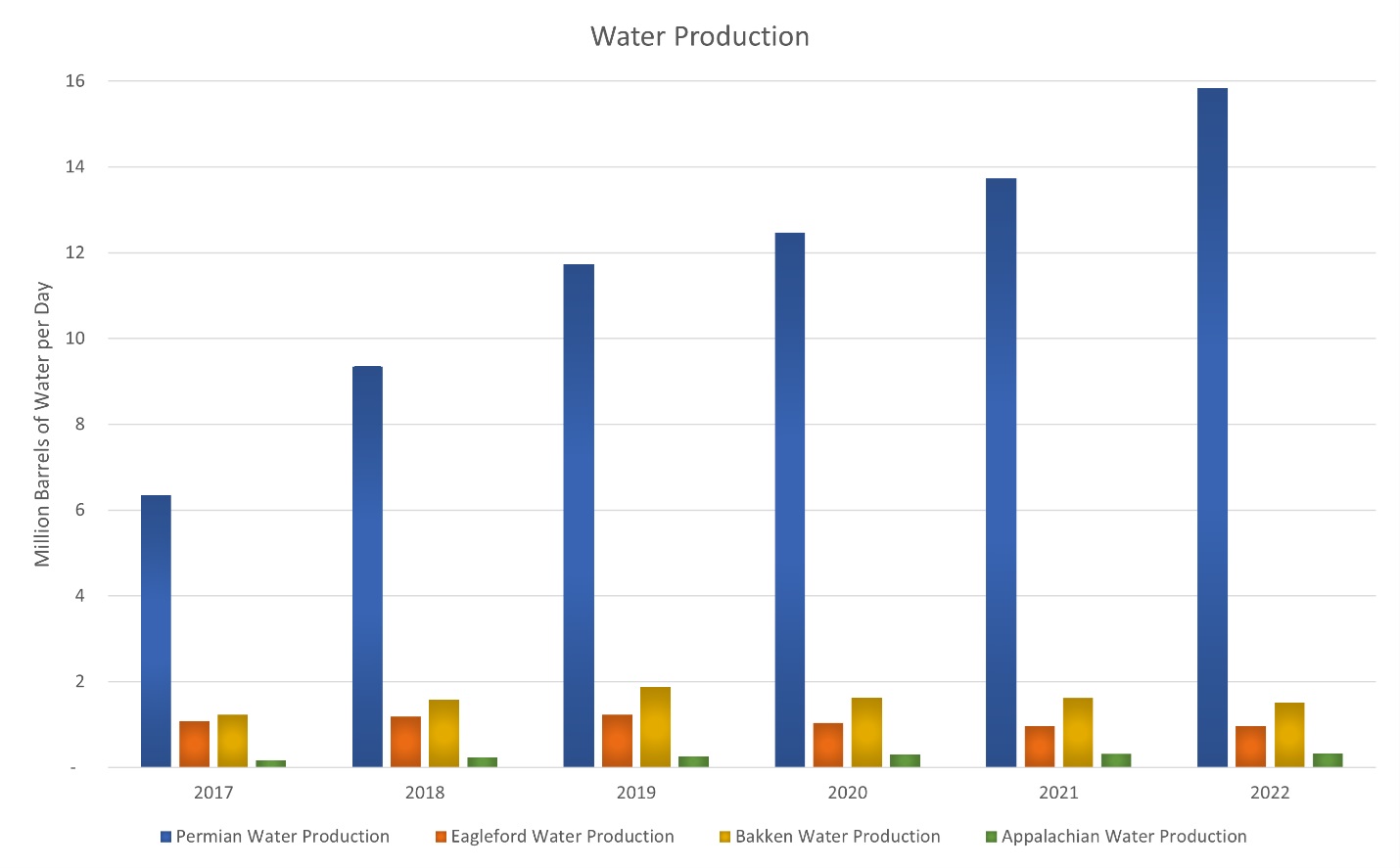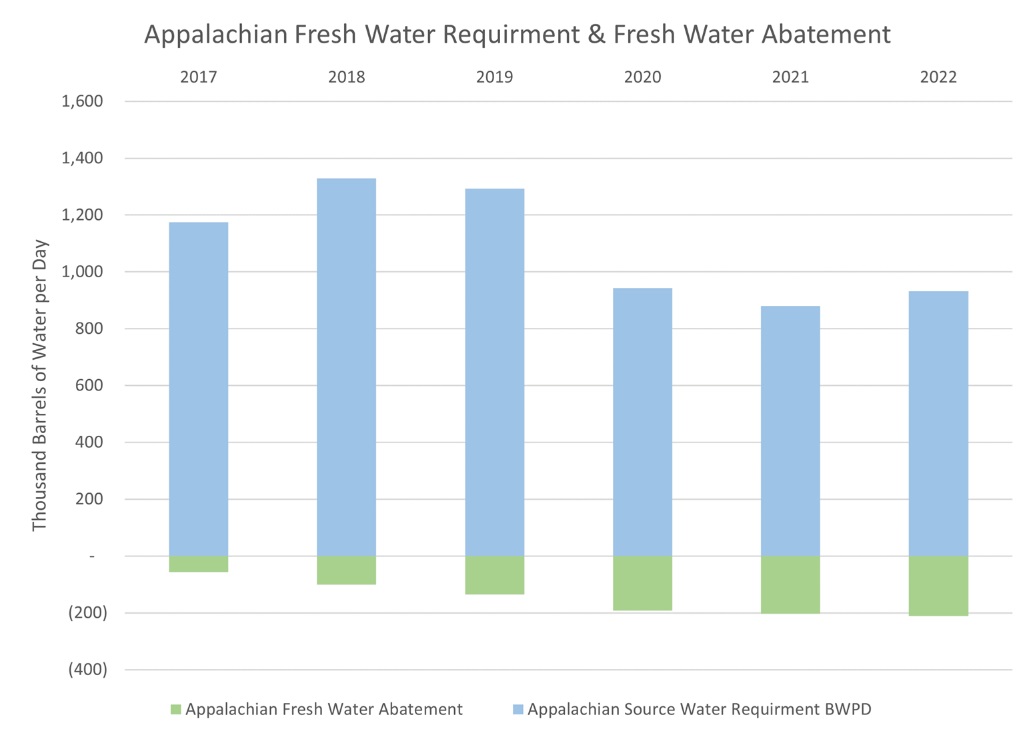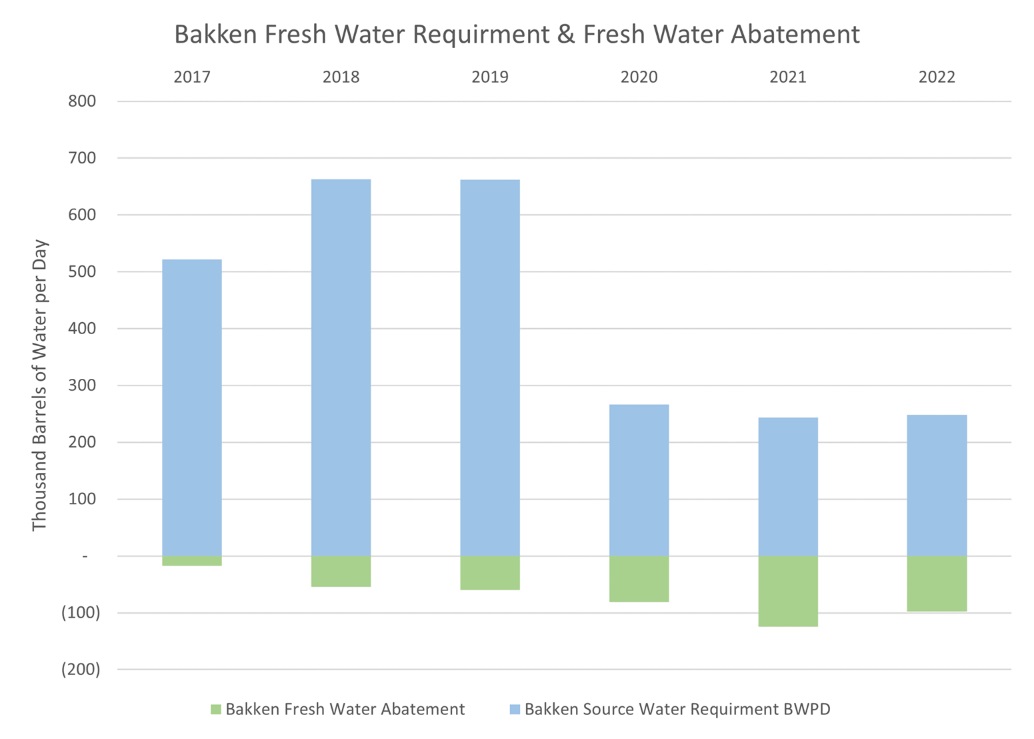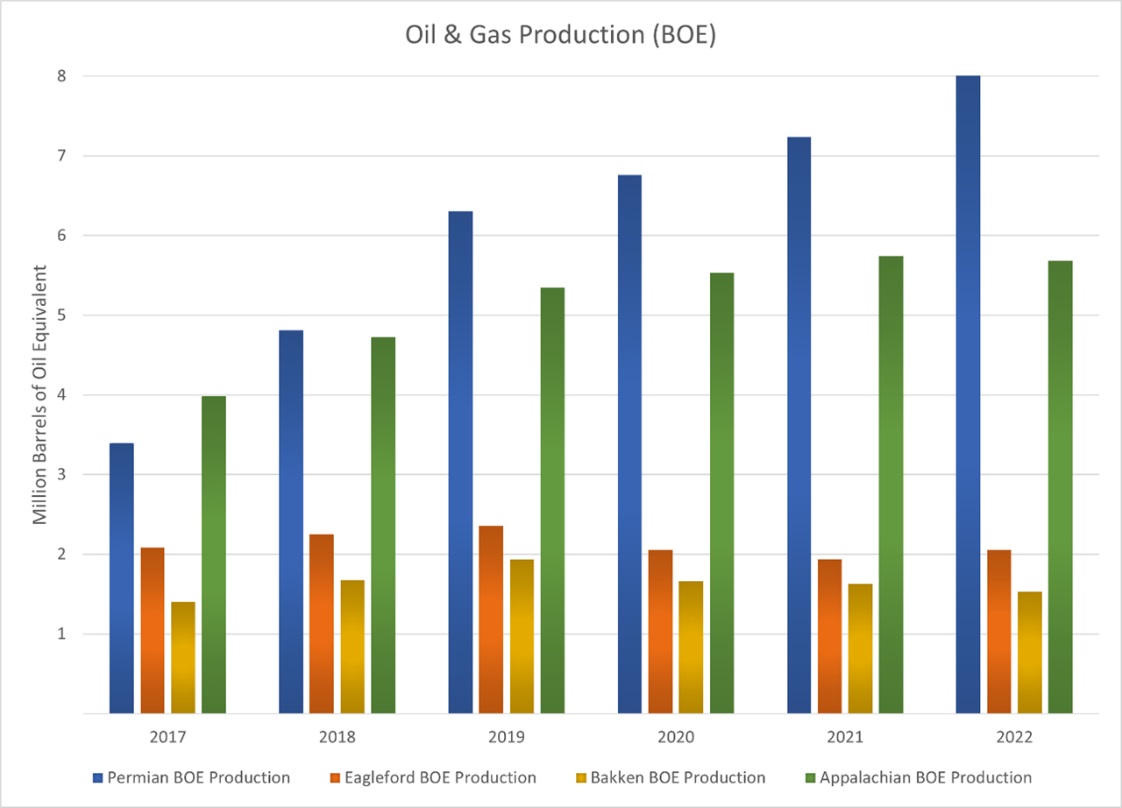The oil and gas industry must make its way through an intricate choreography to effectively bridge the water management challenges of the past with the climate change responses of the present.
But there is no tap dancing around a fundamental question: Can the industry transition from precious ground and surface water resources to rely solely on produced water for completions?
Each U.S. oil and gas basin presents unique characteristics—geological, climatic, topographic, political—that influence how water is managed. These distinct factors not only dictate the financial aspects of water management but also the challenges faced in achieving ESG goals.
Permian 100% water reclamation?
The Permian Basin produces more water than other U.S. basins due to its high water-to-oil ratio and intensive drilling. In contrast, the Eagle Ford, Bakken and Appalachian regions require less water for completions, largely driven by their drilling routines.

Recycled water usage has grown from an estimated 10% in 2018 to over 30% today. B3 Insight predicts that by 2030, over 65% of completion fluid will come from produced water, further reducing reliance on groundwater aquifers.
In theory, the Permian Basin could run on 100% recycled water for completions, eliminating the need for groundwater sources. However, this lofty goal requires industry-wide collaboration and a robust marketplace for water trading. And while the Permian is a shining example of progress, its template isn’t a one-size-fits-all solution for other basins.
Appalachian discrepancy
The Appalachian Basin presents a different story. Although it’s often touted as recycling nearly 100% of its produced water, our estimates show that only around 65% of produced water in this region is recycled. The discrepancy can be attributed to the basin’s challenging geography and numerous landowners complicating water transportation and leading to a reliance on trucking for water transport.

Still, the Appalachian Basin’s performance is impressive. Despite its challenges, this basin outperforms its peers in water usage per barrel of oil equivalent (boe). Altogether, the Appalachian Basin requires 83% less water for completions while producing only 35% less hydrocarbons than the Permian, earning it a spotlight on the industry stage.
Bakken challenges
The Bakken Shale, straddling western North Dakota, eastern Montana and southern Saskatchewan in Canada, is unique as well. It requires significantly less water per completion, roughly half the requirement of the Appalachian and Permian Basins. But it faces its own set of challenges.

Utilizing 100% recycled water is feasible in the Bakken, but the region’s rugged terrain and harsh winters can wreak havoc with pipeline hydraulics and impoundment management. Nevertheless, the industry has learned to adapt.
Eagle Ford resiliency
The Eagle Ford Shale is resilient, despite a slowdown in activity since 2018. The water-to-oil ratio is less than 1:1, and operators must navigate extreme temperatures, landowner logistics and ensuring that water is in the right place at the right time.
Even though daily water production nearly matches the source water requirement, recycling in the Eagle Ford is not as simple as in other regions. Ensuring that 100% of completion water is recycled isn’t economically feasible there because of the produced water’s chemical composition. That creates the complication of sourcing from nearby groundwater wells to meet specific completion fluid requirements.
Finding harmony with ESG goals
ESG investors demand that the industry dance to a different tune, one in which it must adapt to the demands of climate change and water resource conservation, and recognize that in some regions, reliance on freshwater resources may be inevitable.

Concerns about water resources haven’t fallen on deaf ears. Operators are walking a fine line, balancing their responsibility to shareholders with the need for responsible water management.
In the Appalachian Basin, the benefits of gas production—from an energy-per-impact standpoint—outweigh the costs of water resources. However, in basins like the Permian, there’s opportunity to conserve billions of barrels of water by using produced water for completions. Despite the growth in produced water utilization, there’s room for even more.
Patrick Patton is the Product Manager for B3 Insight.
Recommended Reading
73-year Wildcatter Herbert Hunt, 95, Passes Away
2024-04-12 - Industry leader Herbert Hunt was instrumental in dual-lateral development, opening the North Sea to oil and gas development and discovering Libya’s Sarir Field.
Chesapeake Slashing Drilling Activity, Output Amid Low NatGas Prices
2024-02-20 - With natural gas markets still oversupplied and commodity prices low, gas producer Chesapeake Energy plans to start cutting rigs and frac crews in March.
Kissler: OPEC+ Likely to Buoy Crude Prices—At Least Somewhat
2024-03-18 - By keeping its voluntary production cuts, OPEC+ is sending a clear signal that oil prices need to be sustainable for both producers and consumers.
Enbridge Advances Expansion of Permian’s Gray Oak Pipeline
2024-02-13 - In its fourth-quarter earnings call, Enbridge also said the Mainline pipeline system tolling agreement is awaiting regulatory approval from a Canadian regulatory agency.
Canadian Natural Resources Boosting Production in Oil Sands
2024-03-04 - Canadian Natural Resources will increase its quarterly dividend following record production volumes in the quarter.





